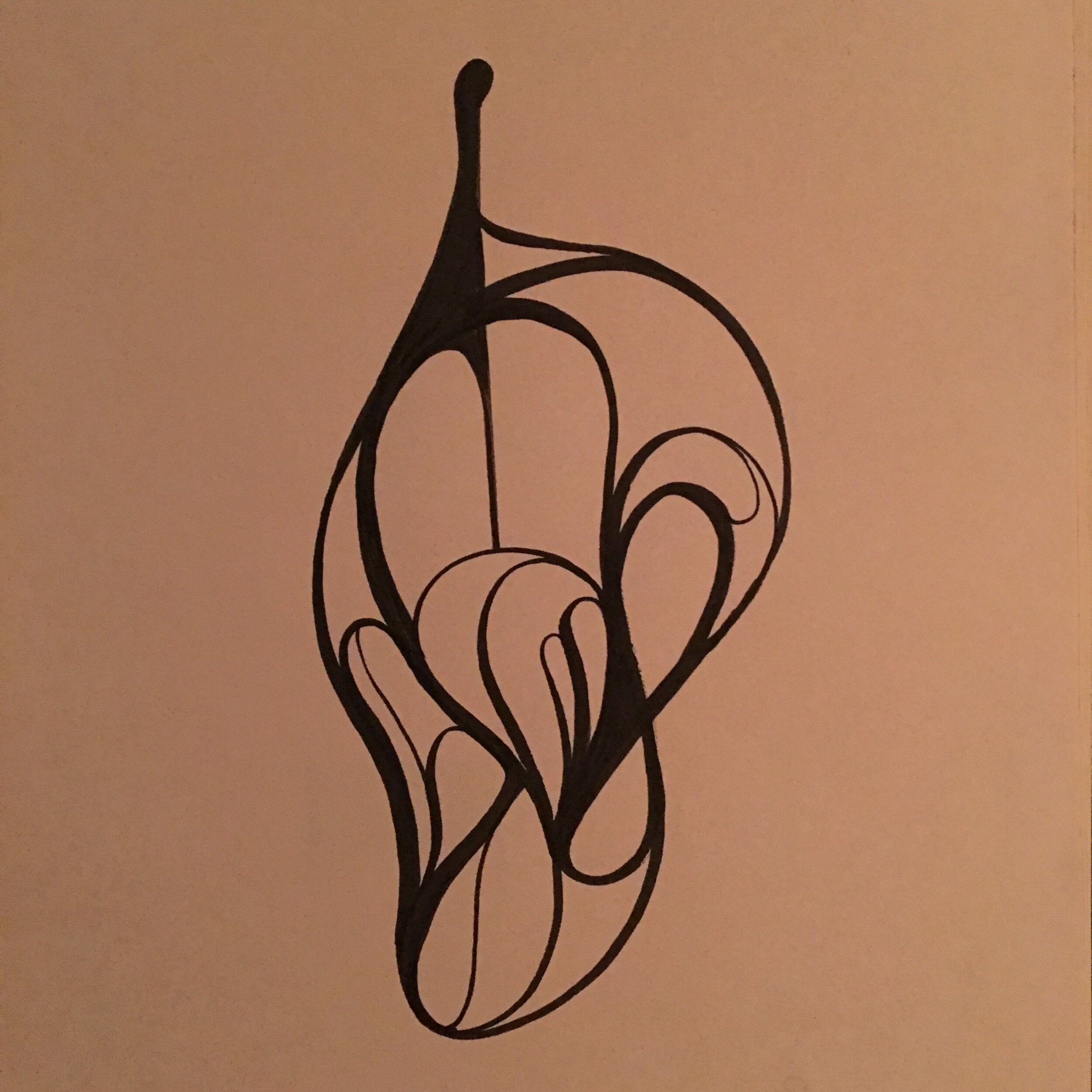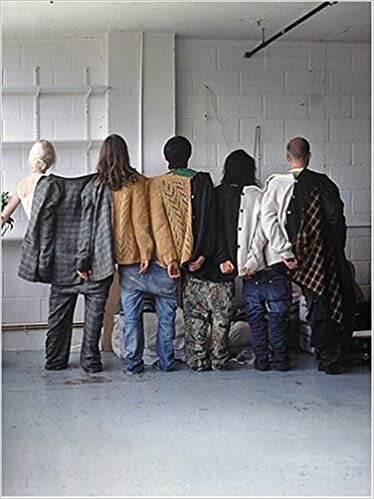Although the tone of this text can be understood as pretentious, this is not the intention of this small “proto-paper”. Any academic rigor is being neglected now, so that, in the light of a certain naivety, I can expose my points that largely focus on the essence of drawing. Not just essence as origin but also essence as destination.
The original theorem of drawing.
The drawing of Blombos, in South Africa, is currently the oldest drawing of known humanity. Dating from around 70,000 years ago, it is difficult to say that any other human device can be perceived as more ancestral than drawing itself. Speech or music, perhaps even older phenomenas, do not have material records and belong organically to the body domain and cannot be understood as human devices but, rather, as forms of communication intrinsic to our biological project as species.
In a crude and simple way from its primeval expression to its newest expressions within human culture, the drawing can be reduced to the following theorem:
“Drawing is the memory of a trace on a surface.”
Regardless of the pigments or tools, we use to perform this procedure the recording of a trace can create an infinite number of images, which can unfold or evolve within the culture in countless ways, given their character of permanence and permanence. However, the drawing as a record or the drawing as a project depends on the procedure of the trail on the surface. Because of this, I understand this observation as a fundamental formula of design and, therefore, one of the fundamental forms of art.
Given this observation, I started to explore a very particular form of drawing. This form consists of 10 years plus investigation about the line in space. From this obsessive and simple experimentation, what I call Biograms were born.
A new drawing theorem.
Place an image (or a bank of images) far from our artistic universe next to the biograms for a month and receive what emerges from this relationship. This is the challenge initially proposed by Ronaldo Entler during his post-graduate module in Contemporary Artistic Practices at FAAP in 2019. After marinating the drawing of two biograms next to the images of two books connected to the idea of bodies in space for almost a month, many things started happening in my psychic process in relation to the biograms themselves.
I will talk now about some of these new processes of understanding the existence, function, and relationship of biograms in the world. But initially I place here in a very direct way the change of the central axis of my understanding of what a drawing is. I can say that the drawing theorem, which even gave rise to my need to start drawing biograms, has changed from “drawing as the memory of a trace on a surface" to “ drawing as dance. ”
Forcing the relationship of these drawing lines on surfaces with bodies placed in spaces made me expand my understanding, at least, of one of the elements of my fundamental theorem of drawing. The idea of surface gave way to the idea of space. With the advances in digital technology, accomplishing this task has become relatively simple, even though the exploration of drawing as a memory of the trace in space is still in its early stages of expression. Its most common form occurs now within what culture calls Augmented Reality.
Researching this idea of drawing in space, in a small challenge proposed by Dagmara Genda during her course ‘Drawing it out’ at the Berlin Art Institute, I responded to the task with another idea: “if every movement is a drawing, figure out a way to make your movements visible”.
Using AR (augmented reality) software I made a digital sketch as an experiment that responds in a simple way to this assignment, but that points to a series of possibilities of drawing in space and its possibility of being an essentially two-dimensional expression, for a three-dimensional expression.
Tridimensional Drawings: the real integrity of the biograms.
In my own research, this can give, for the first time, three-dimensionality to the biograms, opening up a whole new perspective not only for its production form but also leveraging questions inside the process of drawing. This discovery is revealing because it can expand our understanding of what drawing is. It is a potential actualization of the theorem: ‘drawing is the memory of the trail in space’.
I dare to point out an even more radical theorem that, certainly, creates a new brightness for the entire future productions of biograms - a new field of exploration that can be summed up in this new idea for me (and, maybe, for someone else):


















